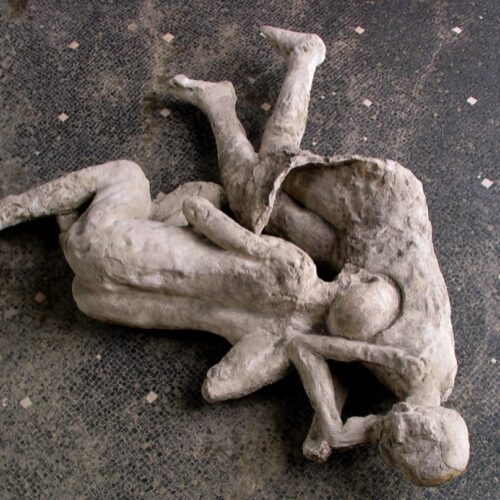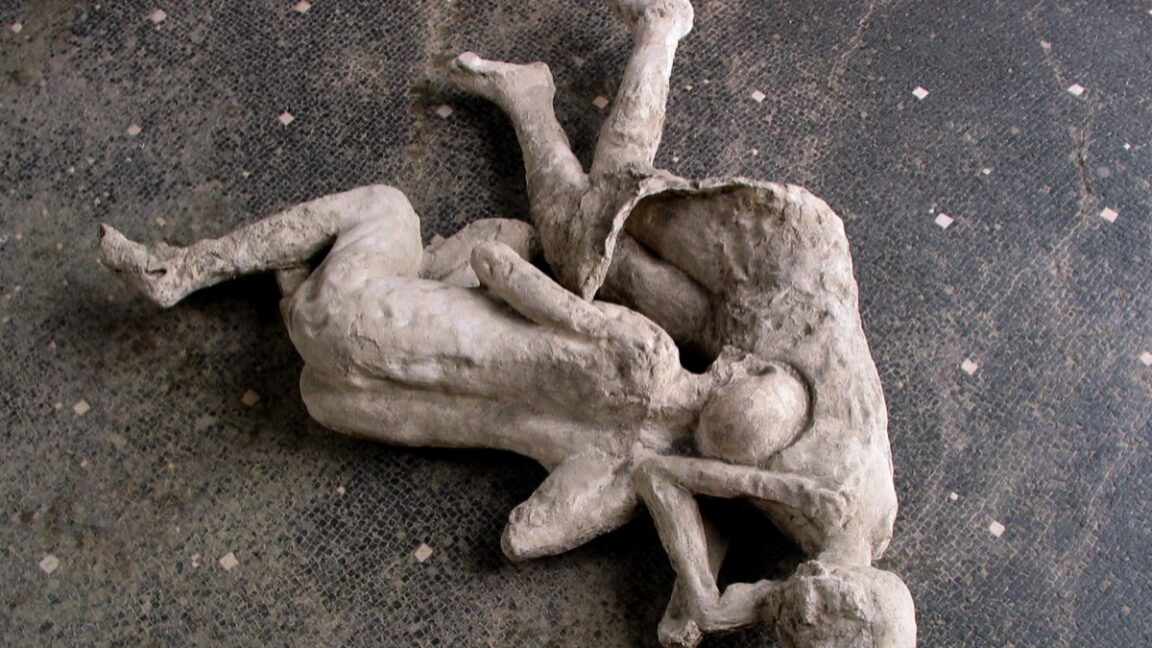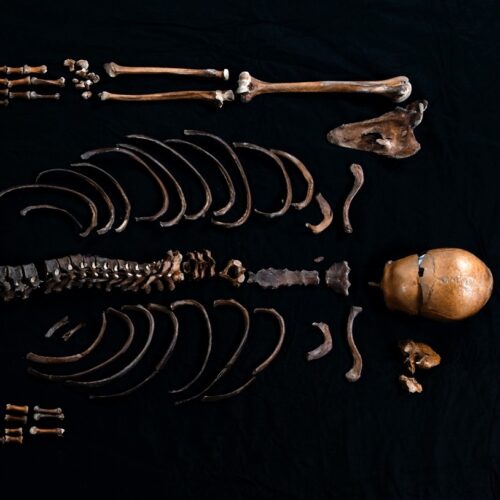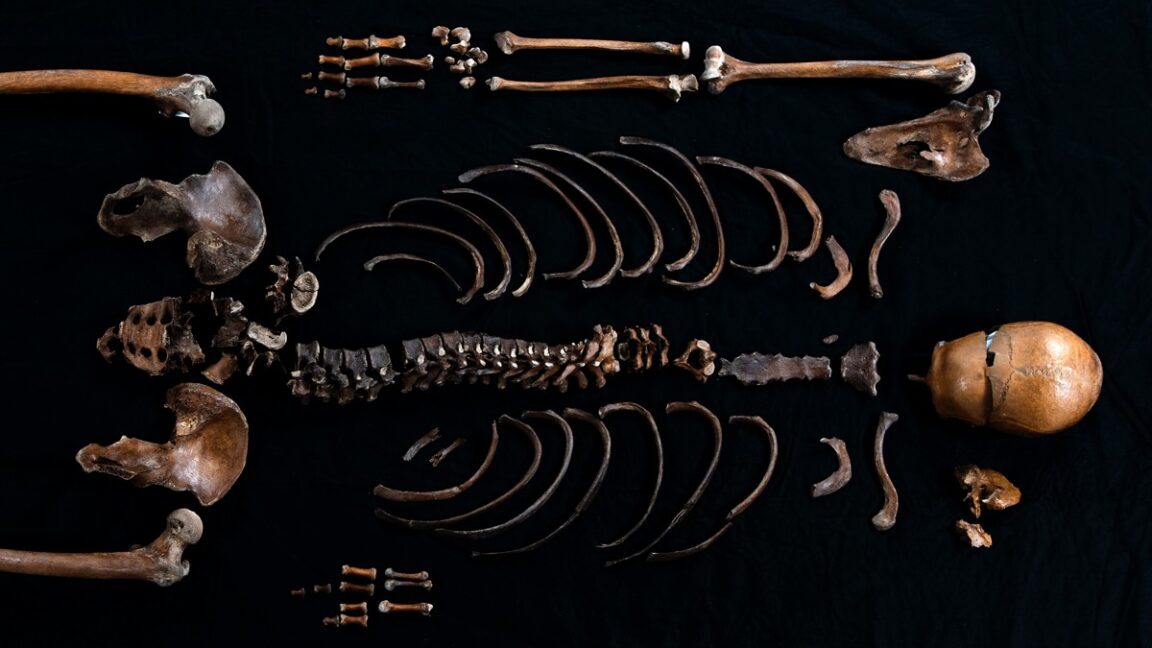DNA shows Pompeii’s dead aren’t who we thought they were
People have long been fascinated by the haunting plaster casts of the bodies of people who died in Pompeii when Mount Vesuvius erupted in 79 CE. Archaeologists have presented certain popular narratives about who these people might have been and how they might have been related. But ancient DNA analysis has revealed that those preferred narratives were not entirely accurate and may reflect certain cultural biases, according to a new paper published in the journal Current Biology. The results also corroborate prior research suggesting that the people of ancient Pompeii were the descendants of immigrants from the Eastern Mediterranean.
As previously reported, the eruption of Mount Vesuvius released thermal energy roughly equivalent to 100,000 times the atomic bombs dropped on Hiroshima and Nagasaki at the end of World War II, spewing molten rock, pumice, and hot ash over the cities of Pompeii and Herculaneum in particular. The vast majority of people in Pompeii and Herculaneum—the cities hardest hit—perished from asphyxiation, choking on the thick clouds of noxious gas and ash. But at least some of the Vesuvian victims probably died instantaneously from the intense heat of fast-moving lava flows, with temperatures high enough to boil brains and explode skulls.
In the first phase, immediately after the eruption, a long column of ash and pumice blanketed the surrounding towns, most notably Pompeii and Herculaneum. By late night or early morning, pyroclastic flows (fast-moving hot ash, lava fragments, and gases) swept through and obliterated what remained, leaving the bodies of the victims frozen in seeming suspended action.


© Archeological Park of Pompeii

